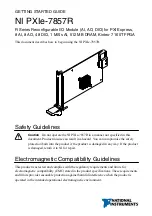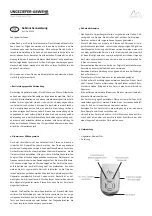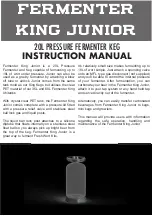
Installing and putting a TIM into operation
5.4 Options for attachment and settings of the TIM 3 and TIM 4 variants
SINAUT ST7 Station control system - System Manual
System Manual, 05/2007, C79000-G8976-C178-06
185
When calculating the maximum range, a power margin of 4 dB was included. This is to
compensate for fluctuations in cable properties that experience has shown to occur in
practise, and thus always ensure that sufficient signal level is available for problem-free data
transmission. To calculate the values shown in the table, the following formula was used:
[ ]
Cable
LTOP
Insert
Cable
LTOP
Res
Send
A
A
A
NTP
A
A
N
N
N
S
×
+
×
−
×
−
−
+
=
2
2
min
max
A
Insert
Insertion loss per tapping point [in dB]
A
Cable
Attenuation per km of the cable used [in dB]
A
LTOP
Attenuation per LTOP [in dB]
NTP
Number of tapping points
N
min
Minimum receive level [in dB]
(-43 dB for MD2, please use only absolute value in formula)
N
Send
Transmit level [in dB]
(normally –6 dB or 0 dB)
N
Res
Power margin [in dB]
S
max
Max. range [in km]
Sample calculation:
For core diameter 0.8 mm, at 2400 bps, with LTOPs and transmit level –6 dB
[
]
4
,
1
2
,
0
2
2
,
0
4
,
1
2
,
0
2
4
)
6
(
43
max
×
+
×
−
×
−
−
−
+
−
=
NTP
S
4
,
1
4
,
0
2
,
0
4
,
1
4
,
0
4
6
43
max
+
×
−
−
−
−
=
NTP
S
4
,
1
6
,
0
4
,
1
6
,
32
max
×
−
=
NTP
S
5
,
0
23,2
max
×
−
=
NTP
S
Using the above formula, users can create their own calculations if the data of the cable
being used is known.
For lines leased from the telephone company, the range calculation is unnecessary. Here,
the public telephone company is responsible for an adequate signal level. Recommended
cable quality for lines leased from a telephone company:
Analog connections of the type M.1020 or M.1025 in the landline network.
















































